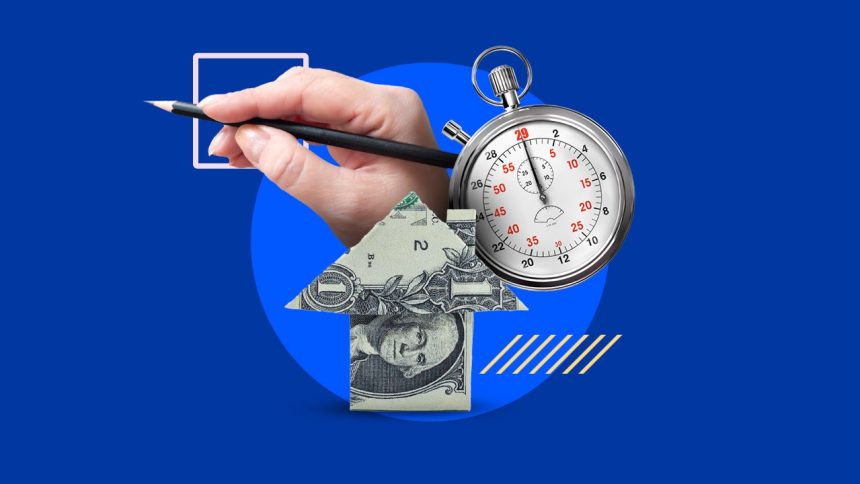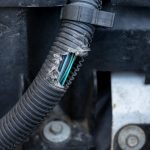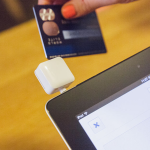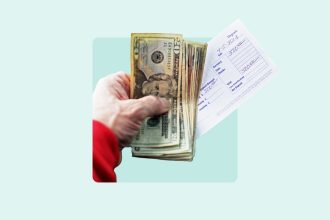Key takeaways
- The draw period is the initial phase of a home equity line of credit (HELOC), during which you can withdraw funds, up to your credit limit.
- The draw period typically lasts up to 10 years. During this time, you’re usually only required to pay interest on what you borrow.
- At the end of the draw period, you’ll begin repaying what you borrowed plus any outstanding interest.
What is the HELOC draw period?
A home equity line of credit (HELOC) is a financing tool that converts your home’s equity into spendable funds. It works similarly to a credit card: You can borrow as needed up to an approved limit. Unlike a credit card, however, a HELOC includes two main phases: the draw period and the repayment period. Combined, these two periods can last up to 30 years.
The HELOC draw period is the first phase of the loan. During this window, you can take out money up to the limit as often as you’d like. You typically don’t have to repay everything you borrowed during the draw period; instead, you can make minimum monthly payments — in fact, often you’ll only need to pay interest on what you’ve borrowed at a variable rate.
Sometimes, a HELOC comes with a lower introductory rate for a period of time, such as six months. Some HELOC lenders also allow you to convert some or all of your balance to a fixed rate.
10 years
The typical length of a HELOC draw period. Some draw periods can be as short as three or five years. In contrast, the HELOC repayment period is much longer, lasting up to 20 years.
How does a HELOC draw period work?
During the draw period, you’re given a set line amount to borrow against, based on the amount of equity in your home. You can borrow up to the limit, pay it back and then borrow more money as many times as you want until the draw period comes to a close. This setup makes HELOCs ideal for projects with an indeterminate final cost or longer time frames.
Let’s say you establish a $30,000 line of credit, and you take out $20,000 at a 9 percent interest rate to remodel your kitchen. During the draw period, you’ll only have to pay the monthly interest on the amount you borrow, or $150 in this scenario.
What if your kitchen remodel goes over budget? If you’re still in the draw period, you can borrow more money up to the limit. If you borrowed another $5,000, for example, your minimum monthly payments would rise to $187.50.
How to get the most out of the HELOC draw period
Here are the best practices to consider in order to maximize the value of your HELOC and use it wisely:
- Develop a financial strategy for your HELOC that identifies specific projects, expenses or purchases that you will use the money to cover.
- Check to see if your lender requires a minimum withdrawal upfront when you initiate the HELOC. Then, establish a schedule for future draws.
- Frequently monitor your balance to ensure that you’re not spending more than you can reasonably afford to repay.
- Even if principal repayments are not required during the draw period, paying more than the minimum (just the interest, in other words) can help you stay on top of the debt.
Generally, there is no limit to the number of times you can draw on a HELOC. And if you pay down the balance owed you replenish the available funds in your credit line, and can then borrow those funds again as needed.
What is the HELOC repayment period?
Once the draw period is over, the HELOC will transition to the repayment period. At this point, you can’t borrow against the line of credit anymore, and you’ll start paying back what you borrowed. You’ll make monthly payments that include both principal and interest, over a set term, often as long as 20 years.
You can pay off a HELOC prior to the end of the draw period, but beware of early repayment penalty charges. If your HELOC balance is already at zero at the end of the draw period, the account typically closes automatically.
Bankrate’s take: Do the math and see if paying off the balance at the end of the draw period — even if it incurs a fee — still saves you money compared to paying interest over the life of the loan.
Because you’re only charged for your outstanding balance at the end of your draw period, your monthly repayment amount depends on how much you borrow and your HELOC’s interest rate. Remember that HELOCs typically have variable rates, so your payments could increase from month to month.
How are payments during the repayment period calculated?
Once you enter the repayment period, your HELOC payments are calculated on an amortization schedule identical to what’s used for regular mortgages.
Say you owe $25,000 on your HELOC, your interest rate is 9 percent and your repayment schedule is 10 years. In that case, your principal and interest would be $317 a month.
HELOCs have fluctuating interest rates, however. If your rate rises to 10 percent, your payment would climb to $330 a month. Here’s a breakdown of how monthly payments on a $25,000 HELOC balance could vary:
| Repayment period | Interest rate | Monthly payment |
|---|---|---|
| 10 years | 9% | $317 |
| 10 years | 11% | $344 |
| 15 years | 9% | $254 |
| 15 years | 11% | $284 |
| 20 years | 9% | $225 |
| 20 years | 11% | $258 |
What to do before your HELOC draw period ends
As your HELOC nears the end of the draw period, take stock of your loan to prepare for what comes next. Jon Giles, senior vice president of Residential Lending Strategy & Support at TD Bank, recommends reaching out to your lender to ask:
- Will there be a change in my interest rate during repayment?
- Will my repayment interest rate be fixed or variable?
- What is the change in payment per month?
Most lenders notify customers at least six months before the end of their draw period. However, if you’re unsure when the loan will move into repayment, contact your lender’s servicing department.
What to do when HELOC draw period ends
If you think you might not be able to cover your monthly bill during the repayment period, there are a few ways to refinance your HELOC:
- Open a new HELOC. Some lenders allow you to open a new HELOC and roll over some or all of the old one’s balance. You’ll have to pay interest on the balance, but you’ll be back in the line of credit’s draw period, meaning you can avoid principal payments. While this delays the inevitable, starting a new line of credit, with a new draw period, might make the most immediate sense.
- Pay your HELOC off with a home equity loan. Though it also draws on your equity, a home equity loan differs from a line of credit: It pays the money out in one lump sum, which you immediately start repaying at a fixed interest rate. If you go this route, however, you might increase the amount you pay in interest overall.
- Refinance your HELOC and mortgage into a new loan. Now that interest rates seem to be on the decline, you might consider refinancing: rolling both your credit line and your mortgage together into a new mortgage. This is a more cumbersome option, but it could be a good way to streamline all your debt into a single big loan. If you can afford it, consider making it a 15-year or 20-year mortgage to reduce the total number of interest payments.
- Explore a cash-out refinance. Cash-out refinancing is the process of taking out a new mortgage for more than you currently owe on your home and receiving the difference in cash. You can use that extra money to pay off your HELOC balance. A cash-out refinance typically only makes sense if you can get a lower interest rate, however.
- Take out a personal loan. If you qualify for a large enough personal loan, you can use it to refinance your HELOC. This option is best reserved for borrowers whose excellent credit will score them a favorable rate. Otherwise, you’re simply swapping one debt load for a costlier one.
FAQ
Additional reporting by Mia Taylor
Read the full article here














